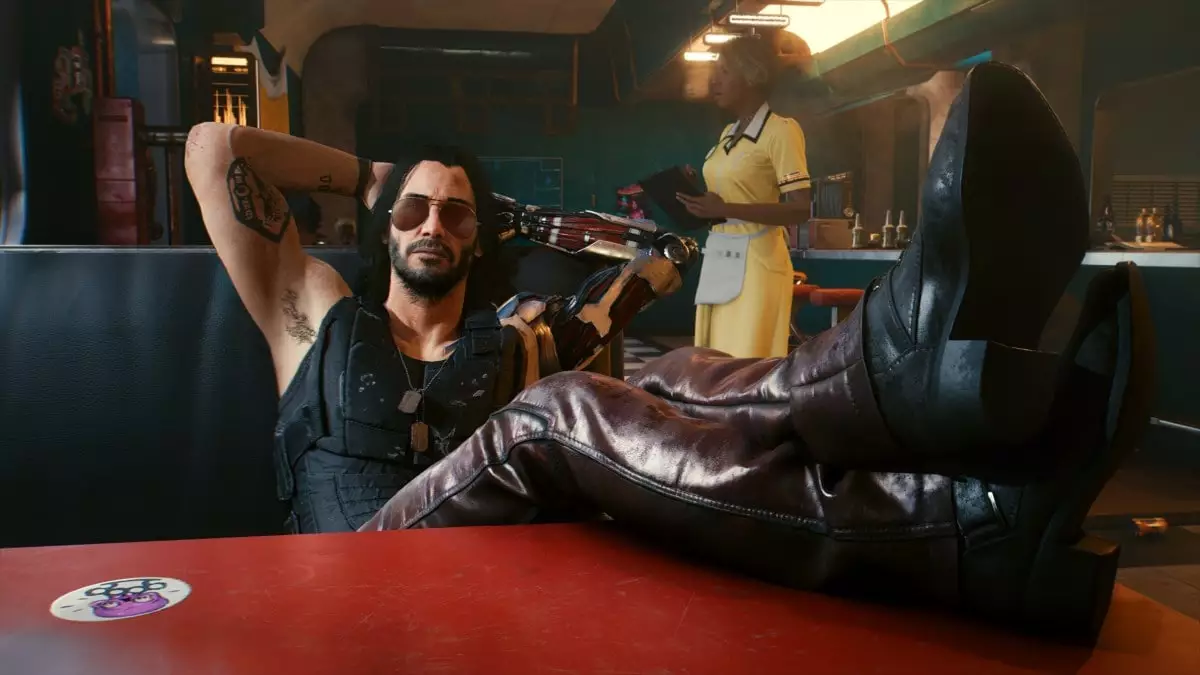Cyberpunk 2077’s lengthy journey from notorious disappointment to a somewhat playable experience has been a rollercoaster of hype, disappointment, and incremental fixes. Update 2.3 seems to promise a lot on paper—new vehicles, autonomous driving, visual enhancements—yet it feels more like a desperate attempt to mask a fundamentally flawed product than a genuine step forward. CD Projekt Red continues to drown the game in superficial content, giving players more toys and shiny features while neglecting the core issues that plague Night City’s lifeless streets and unfulfilled ambitions. The update teeters on the thin line between meaningful evolution and hollow spectacle, leaving one to question whether it is a genuine effort to improve or just a calculated move to sustain the game’s declining player base.
Gilded Car Models Count for Nothing in a Broken World
Introducing four new vehicles, some acquired only after elaborate side quests, seems like a carrot dangled in front of players desperate for some semblance of progression. The Rayfield Caliburn “Mordred” and Yaiba ASM-R250 Muramasa—while visually impressive—are mere cosmetic trophies rather than meaningful upgrades to gameplay. Their availability via side quests or purchasable through Autofixer dilutes their significance, reducing them to status symbols within an already shallow world. The added vehicle customization, extended to motorcycles and more brands, is a step forward in immersing players in Night City’s vehicular culture, but ultimately underwhelms when the environment’s chaos and narrative disconnect remain unresolved. All these shiny models feel like quick Band-Aids trying to cover years of neglect rather than honest improvements that elevate the experience.
AutoDrive and the Illusion of Autonomy
The AutoDrive feature, touted as a major innovation, exposes the game’s shallow engagement with player agency. While it offers a momentary sense of relaxation—driving through Night City with cinematic camera angles—its limitations quickly reveal themselves. The autonomous driving system is riddled with restrictions; it disables in combat, on damaged vehicles, or when close to danger, rendering it more of a gimmick than a real feature. It’s a clumsy simulation of road traffic that ultimately doesn’t deepen the immersion but emphasizes how much the game still relies on scripted, on-rails moments. This pattern unraveling points to a development cycle that is more about creating the illusion of progress than delivering meaningful, player-driven experiences.
Polished Pixels Over Profound Content
The upgrade to include NPCs in photo mode and more outfit options for V superficially enrich the customization options. Yet, they do little to address the game’s core shortcomings—nameless NPCs wandering aimlessly, a story that often feels disconnected from player choices, and a city that looks lived-in but rarely feels alive. The visual improvements, support for HDR10+ and VRR, along with new NPCs to spawn in photo mode, are paltry compensation for a gameplay experience marred by bugs, repetitive missions, and a narrative that struggles to find coherence amid its technological smoke and mirrors. These cosmetic and technical upgrades serve as distractions from the deeper issues of engagement and meaningful storytelling.
The Real Question: Is This Enough?
Ultimately, Cyberpunk 2077’s latest patch reveals a studio desperately trying to patch over the cracks of a game that was launched prematurely. While some improvements are technically impressive—the new GPU support, enhanced customization, and vehicle variety—they come across as a band-aid on a wound that needs stitches, not just superficial decoration. CD Projekt Red’s focus on adding bells and whistles appears driven more by patch notes than a genuine desire to craft a compelling, player-focused world. As a consumer, one must ask: are these minute improvements enough to rescue the game’s reputation, or are they just noise designed to distract from unmet expectations? True progress would require a fundamental re-evaluation of the core gameplay, narrative depth, and world-building—elements that remain sorely lacking regardless of how many new cars or shiny features are added.



Leave a Reply